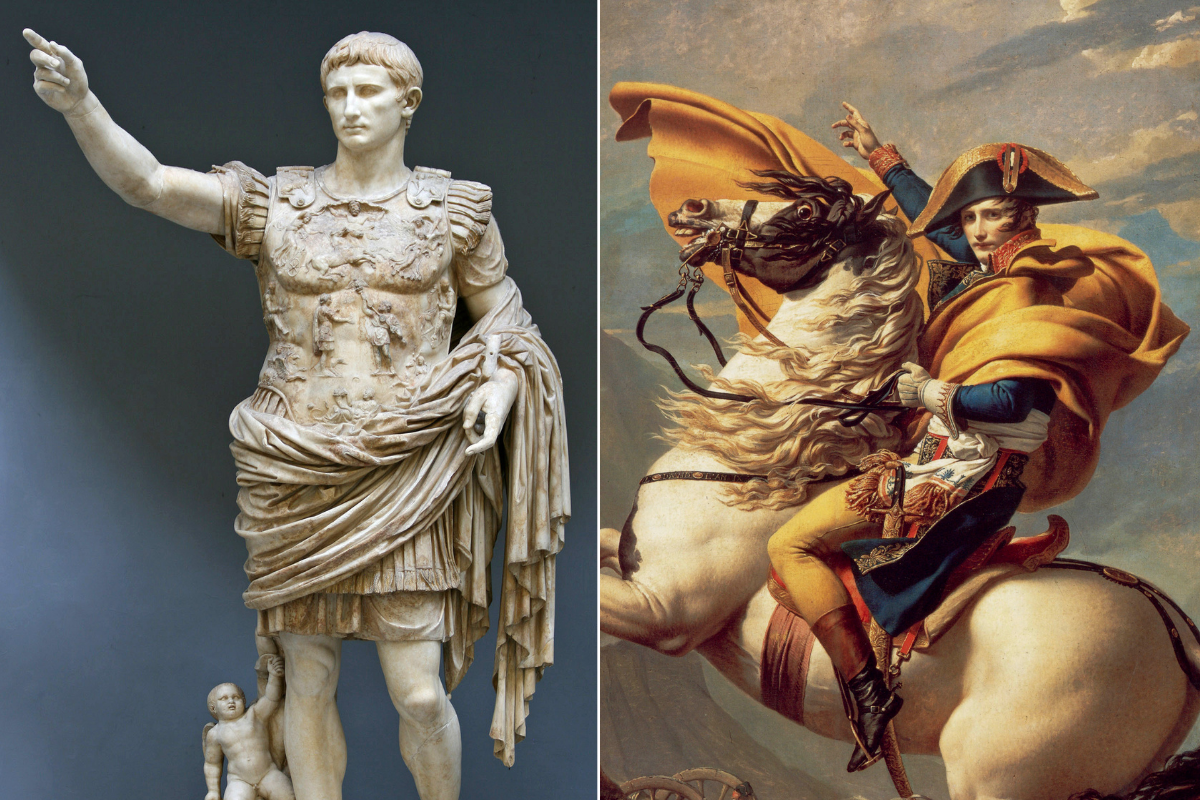A black trans woman explains changing gender vs. changing race.
If you can be transgender, is possible to be "transracial"? Artist and vlogger Kat Blaque explains why changing your gender and changing your race just aren't the same thing.
When the story of Rachel Dolezal (the white NAACP chapter president who has been masquerading as a black woman) went viral, the Internet exploded with countless memes and even more think pieces.
But one not-so-funny trend was comparing Rachel's story to transgender reality TV star and former Olympian Caitlyn Jenner's.
The back story: Rachel Dolezal, a white woman, has allegedly spent the past eight years pretending to be black.
The leader of the Spokane, Washington, NAACP chapter entered the spotlight after she allegedly received hateful messages via her organization's P.O. Box. Things got weird when a police investigation revealed that the messages she received had not been processed by the post office. To make things even weirder, this was just one of a string of hate crimes Dolezal had reported in the past, all under mysterious circumstances.
Shortly after news coverage began, Dolezal's parents came forward with the revelation that their Caucasian-born daughter had been presenting herself as black since 2007. After the slew of memes and viral hashtags subsided, the loudest question was: "How is changing your race any different from changing your gender?" More specifically, people questioned the media's critiques of Dolezal, especially after several weeks of praising recently out trans celebrity Caitlyn Jenner.
Before we jump into this race and gender conversation, here are a few definitions:
trans/transgender — "Transgender is a term used to describe people whose gender identity differs from the sex the doctor marked on their birth certificate. Gender identity is a person's internal, personal sense of being a man or a woman (or someone outside of that gender binary). For transgender people, the sex they were assigned at birth and their own internal gender identity do not match." — glaad.org
cis/cisgender — "Term for someone who has a gender identity that aligns with what they were assigned at birth. The term was created for referring to 'non-transgender' people without alienating transgender people. For example, if the doctor announces a baby as being a girl, and she is fine with being a girl, then she is cisgender." — Gender Wiki
transracial — Since Rachel Dolezal's story went viral, "transracial" has been incorrectly used to describe people who identify with a race different from their own. In reality, transracial refers to children who are a different race than their adopted parents.
Ultimately, Rachel Dolezal's story is one of deception. For trans folks, coming out as trans is about truth.
One major difference here is that trans folks face immense challenges when they come out. Simple tasks like getting identification and even using the restroom can be major obstacles because of a lack of understanding and education, along with a whole heap of bigotry. Transgender folks often face rejection from their friends and family upon coming out, leading to increased rates of suicide and depression within the community. And trans women, especially trans women of color, face greater risks when it comes to being victims of violence. According to GLAAD, in 2011, trans women were victims of 45% of all hate murders.
By comparison, Rachel Dolezal's misrepresentation led to her professional gain. Not only was she appointed the head of her local NAACP, she also taught classes, sold artwork, and was a paid speaker under the guise of being a black woman. She positioned herself as an authority on racism, oppression, and the black experience despite not having lived or experienced it herself. Dolezal's new identity also relied on fake parents, fake children, and, of course, darkening her skin and changing her hair to appear racially ambiguous.
Rachel Dolezal's behavior has not only hurt and confused many, it has put her voice above members of the community she so desperately sought to support. Given all that, it's easy to see why comparing Dolezal's behavior to the trans people who face so much adversity to be who they are isn't just hurtful, it's not even on the same playing field.



 Worried mother and children during the Great Depression era. Photo by Dorthea Lange via Library of Congress
Worried mother and children during the Great Depression era. Photo by Dorthea Lange via Library of Congress  A mother reflects with her children during the Great Depression. Photo by Dorthea Lange via Library of Congress
A mother reflects with her children during the Great Depression. Photo by Dorthea Lange via Library of Congress  Families on the move suffered enormous hardships during The Great Depression.Photo by Dorthea Lange via Library of Congress
Families on the move suffered enormous hardships during The Great Depression.Photo by Dorthea Lange via Library of Congress



 The Emperor Augustus.By Till Niermann/
The Emperor Augustus.By Till Niermann/ Many politicians make use of specific hand gestures when making speeches.brooke from atlanta/
Many politicians make use of specific hand gestures when making speeches.brooke from atlanta/ Napoleon crossing the Alps.Jacques-Louis David/
Napoleon crossing the Alps.Jacques-Louis David/ George Washington in the "Landsdowne portrait."By Gilbert Stuart/
George Washington in the "Landsdowne portrait."By Gilbert Stuart/ A famous statue of Mao Zedong in China.By Noel Hanna/
A famous statue of Mao Zedong in China.By Noel Hanna/ The iconic "Arnolfini portrait." By Jan van Eyck - Gennadii Saus i Segura/
The iconic "Arnolfini portrait." By Jan van Eyck - Gennadii Saus i Segura/